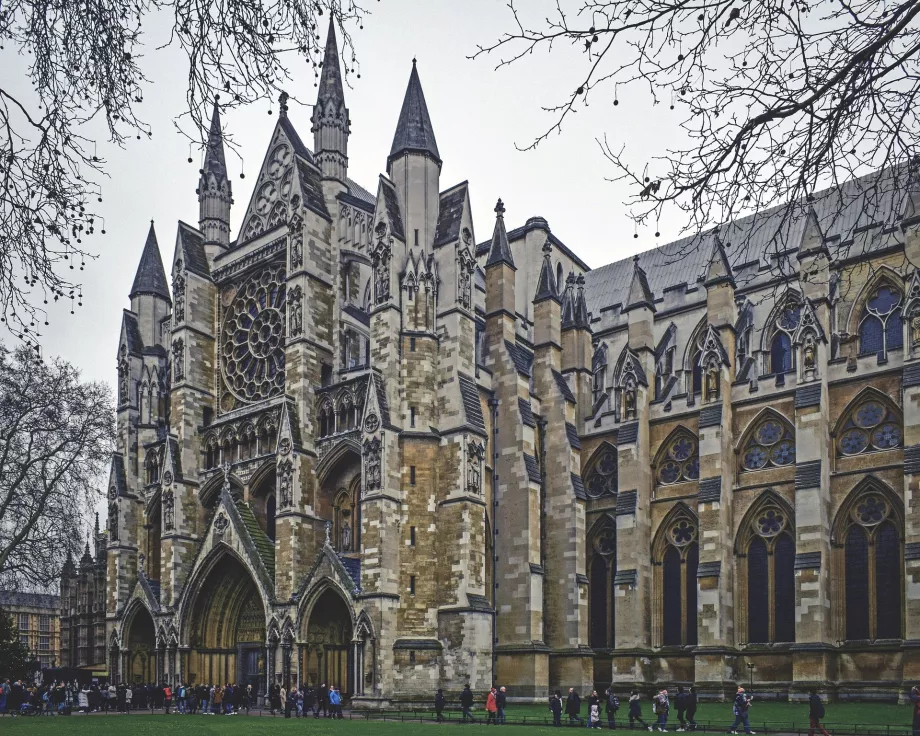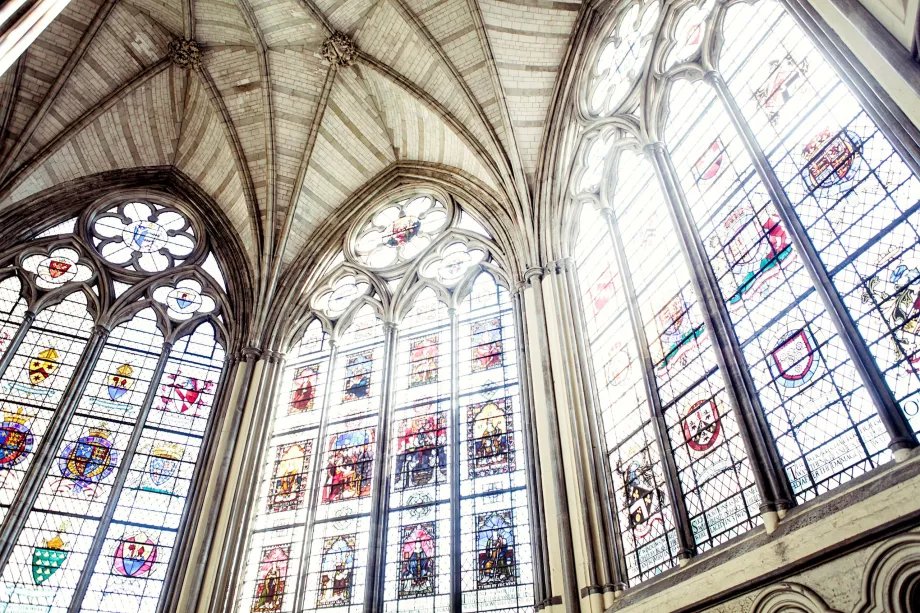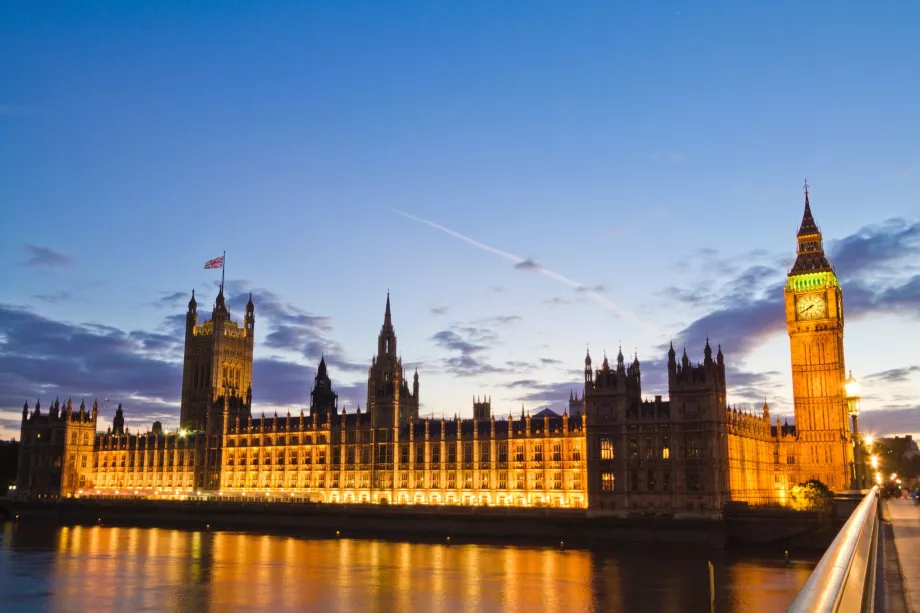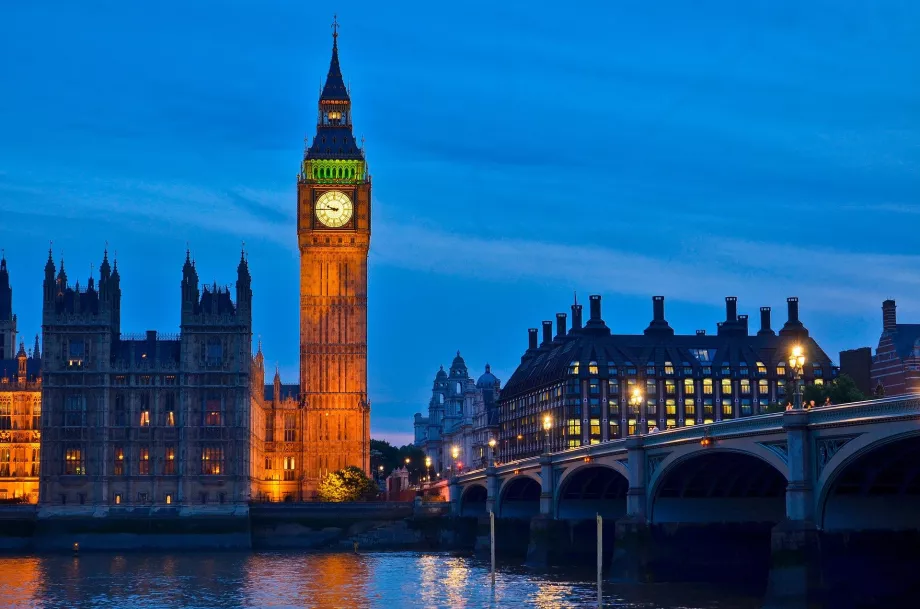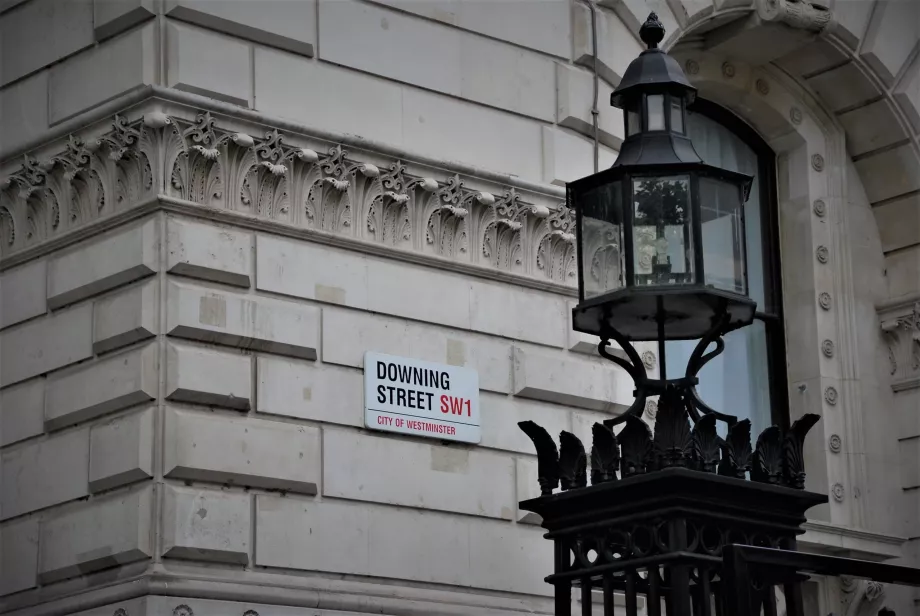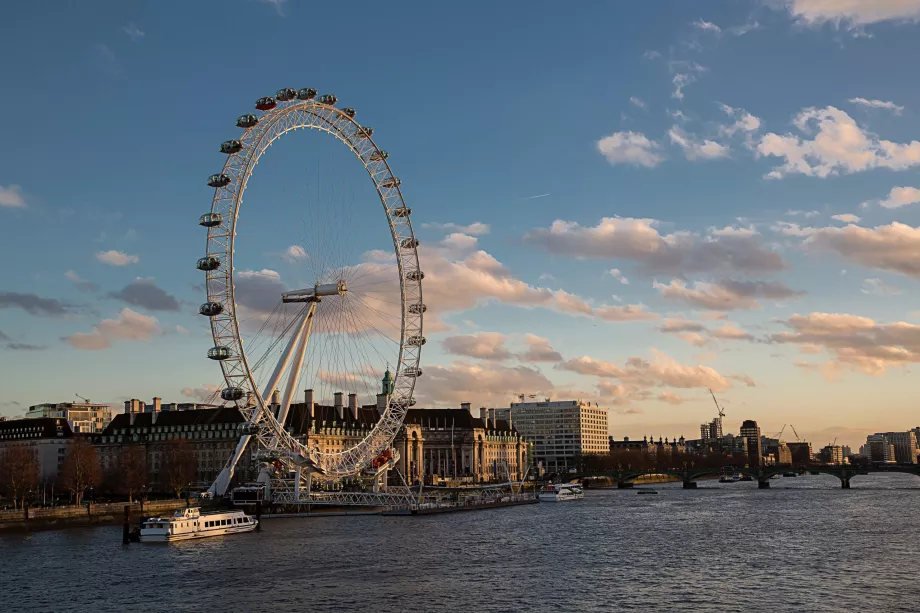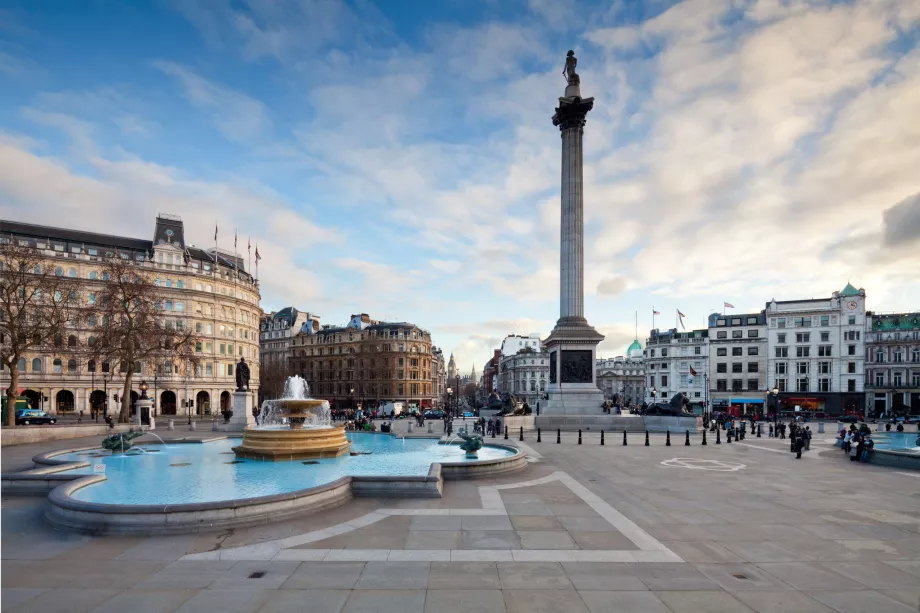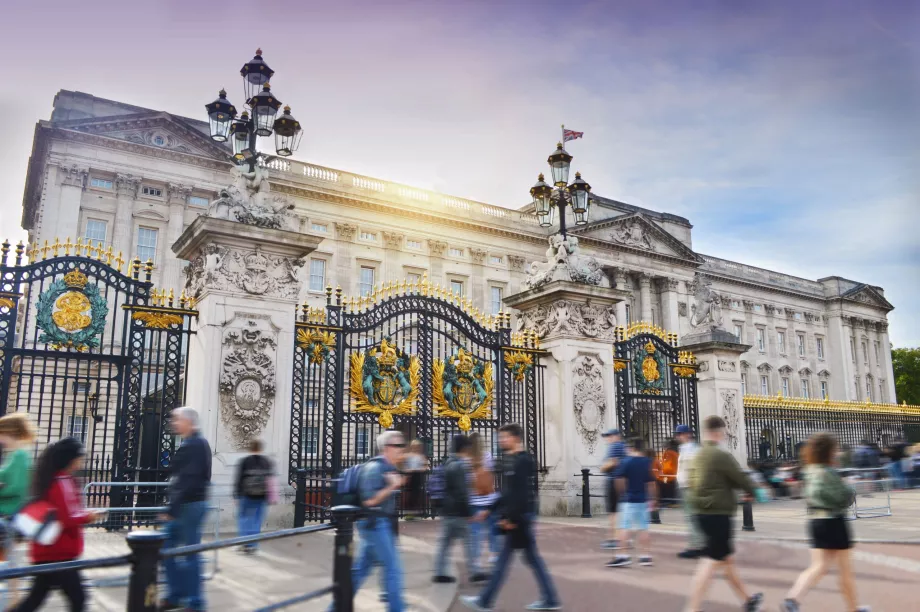Westminster Abbey
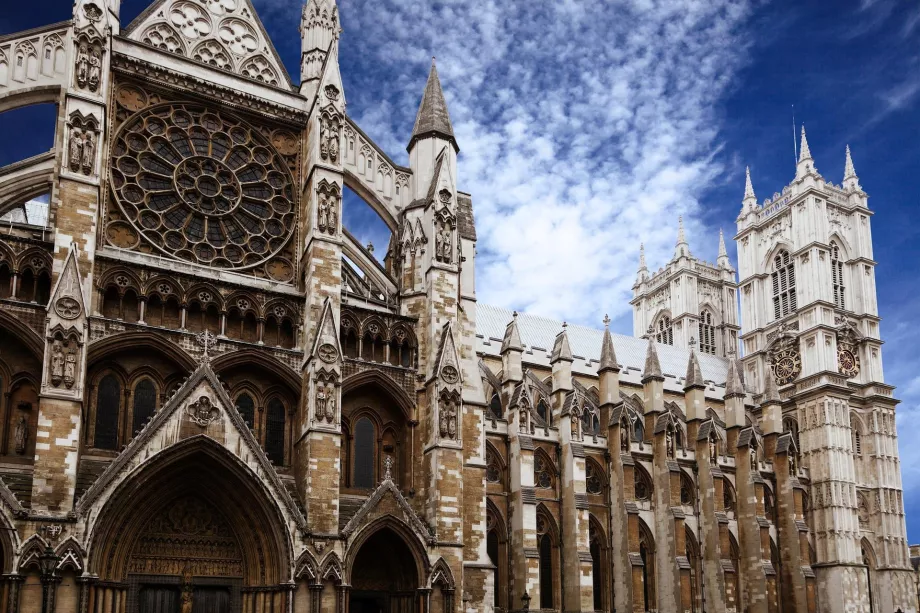
Westminster Abbey is one of the most important buildings in the Church of England. It is a typical place for coronations, weddings and the final resting place of British monarchs.
The cathedral dates back to the 7th century and the predominant style is Gothic.
Although Westminster Abbey has long since ceased to be an abbey in the true sense of the word, it is rather just a cathedral, it is nevertheless one of the most important symbols of the United Kingdom and is intrinsically linked to its statehood.
The architecture and history of the cathedral
The first wooden chapel was built on the site of the present cathedral in 616, following an apparition of St Peter seen by a fisherman on the Thames. The first major stone structure was built here between 1045 and 1050 by King Edward III for the Abbey. Confessor.
The cathedral received its most significant changes during the reign of King Henry III. Plantagenet, who had the church rebuilt in a grand Gothic style with many rosette windows and magnificent stained glass windows.
In 1503, the famous St Henry's Chapel was added.
Another important addition in the form of two neo-Gothic towers on the west side of the Abbey was built between 1722 and 1745.
Coronations of British monarchs
Westminster Abbey Cathedral plays the most important role in the symbolism of British nationhood. Since the first coronation of William the Conqueror in 1066, all English kings have been crowned here (with the three exceptions of Jane Grey, Edward V and Edward VIII, who reigned so briefly that they were not crowned).
According to tradition, the coronation takes place on King Edward's wooden chair and is performed by the Archbishop of Canterbury. The English Crown Jewels are then permanently displayed to the public in the Tower.
Weddings and final resting places
Westminster Abbey is also the site of royal weddings, with the first taking place as early as 1100. Queen Elizabeth II and Prince Philip, for example, had their wedding in the cathedral, while the wedding of Prince William and Catherine Middleton, now known as Duchess Kate, in 2011, was also highly covered by the media.
The cathedral and its grounds are also the burial place of famous British personalities, not just monarchs. More than 3,000 people across British history have found their final resting place here, from monarchs to famous writers, scientists and church dignitaries.
Admission and opening times
The Cathedral and its grounds are open to the public daily except Sundays from 9:30am-3:30pm. On Saturdays the opening hours are 9:00-15:00. Only the gift shop is open on Sundays.
Ticket prices are 30 gbp for adults, 27 gbp for students and seniors over 65, and 13 gbp for children ages 6-17.
Ideally book tickets online at tickets.westminster-abbey.org.
Official website: westminster-abbey.org/visit-us
How to get to the Abbey?
Westminster Abbey lies directly opposite the British Parliament, less than a mile from Buckingham Palace and Trafalgar Square.
The nearest tube station:
- Westminster - 150 metres, District, Circle and Jubilee lines
- St. James's Park - 250 metres, District and Circle lines
Nearest bus stops:
- Parliament Square - 50 metres, lines 11, 148
- Westminster Abbey - 50 metres, lines 11, 88, 148
What to see around
Discover all the places to see in London.
Any questions left?
If you have any questions or comments about the article...

